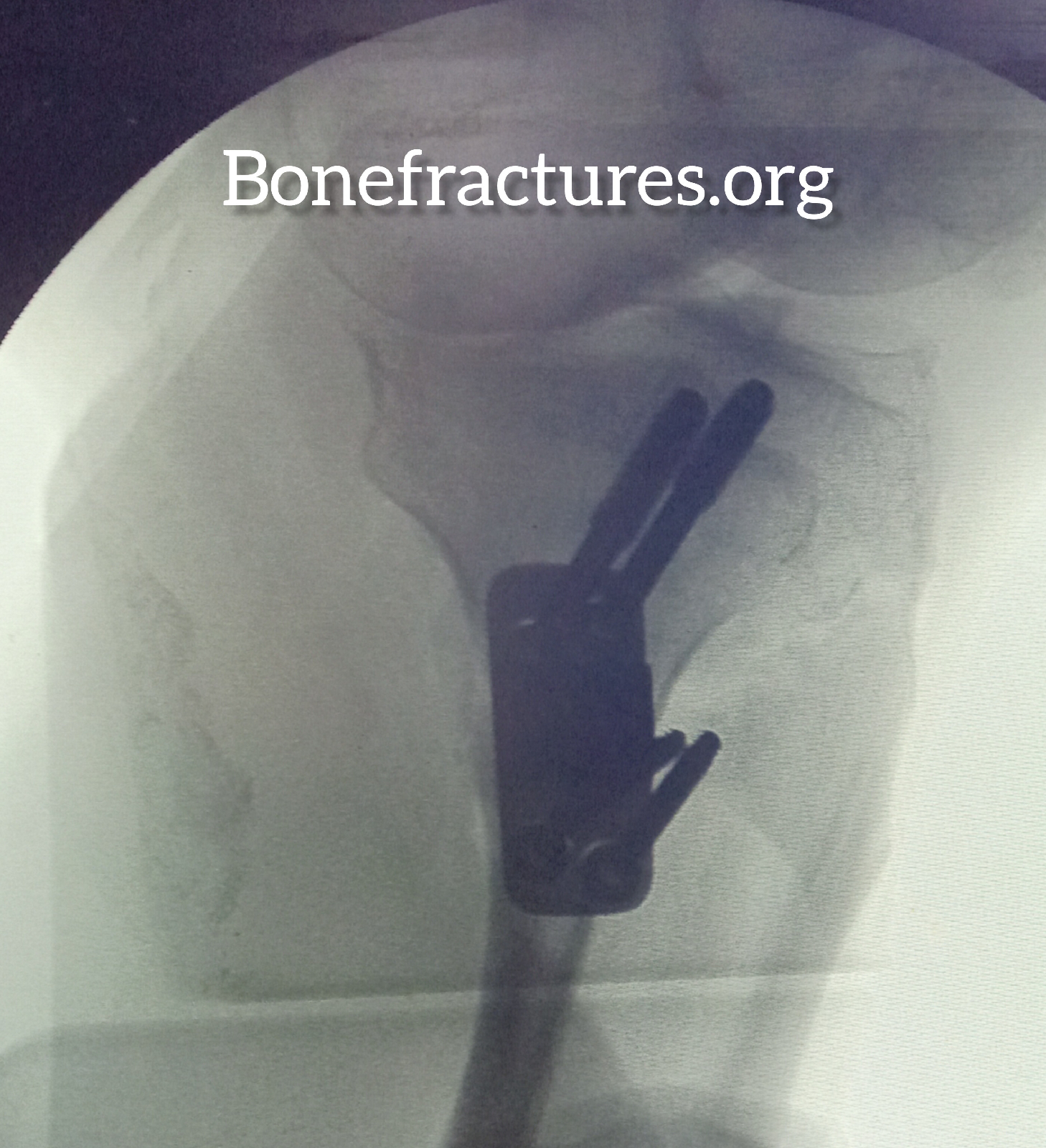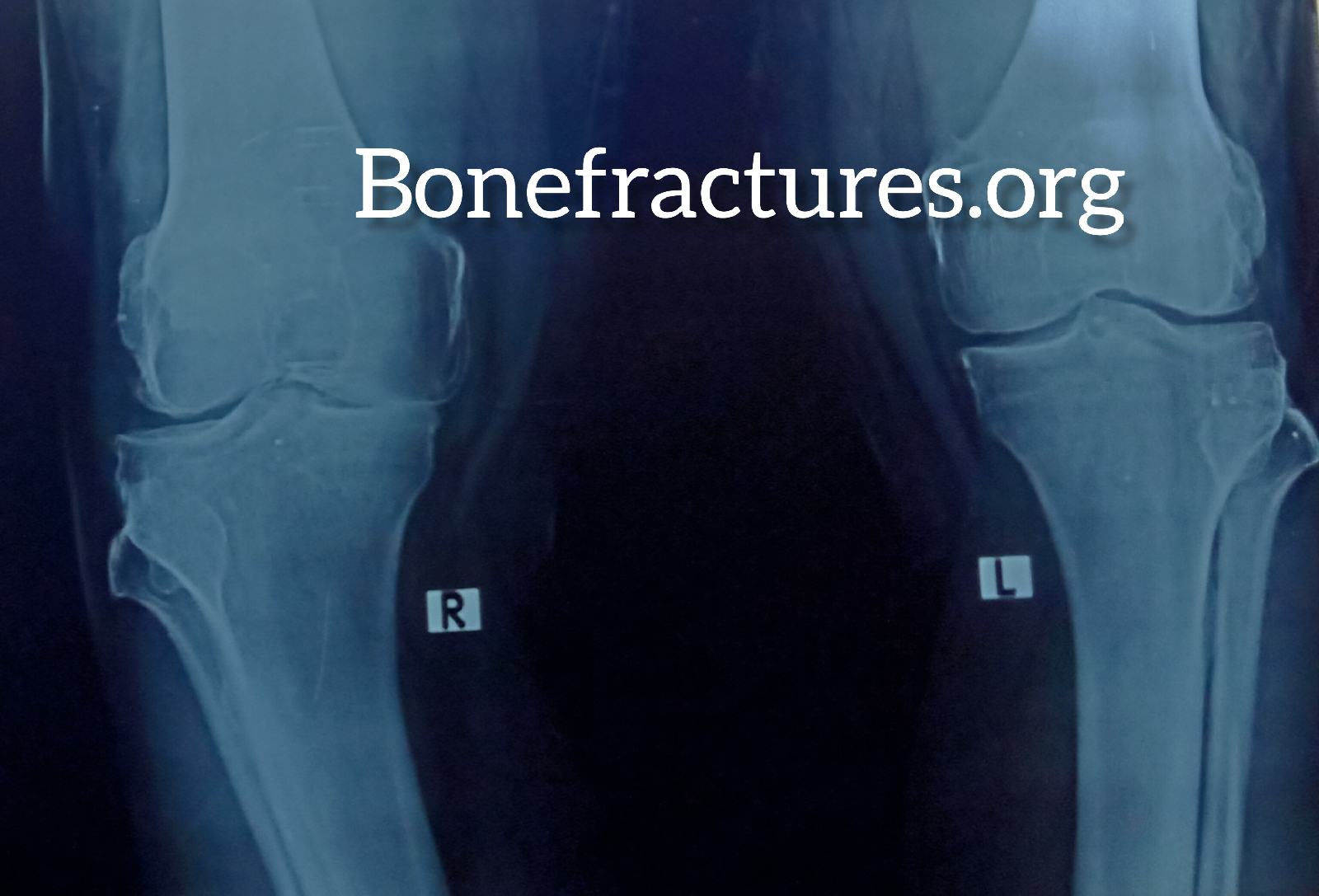High tibial osteotomy (HTO) is a surgical procedure that is commonly used to treat medial knee compartment osteoarthritis (OA). This condition occurs when the cartilage in the knee joint deteriorates, causing the bones to rub against each other, leading to pain and inflammation. HTO is an effective treatment option that involves repositioning the upper part of the tibia bone to redistribute the weight-bearing load in the knee joint. In this review article, we will explore the benefits of HTO in treating medial knee compartment OA, the procedure in detail, and the potential risks and complications associated with the surgery.
Benefits of HTO for Medial Knee Compartment OA
Pain Reduction: HTO can help reduce pain in patients suffering from medial knee compartment OA. By redistributing the weight-bearing load in the knee joint, the pressure on the medial compartment is reduced, leading to a reduction in pain. A study published in the Journal of Bone and Joint Surgery found that patients who underwent HTO had significant improvements in pain scores compared to those who did not undergo surgery.
Improved Function: Patients who undergo HTO often report improved function in their knee joint. The surgery can help improve range of motion, stability, and overall function. A study published in the journal Knee Surgery, Sports Traumatology, Arthroscopy found that patients who underwent HTO had significant improvements in functional scores compared to those who did not undergo surgery.
Delay of Knee Replacement Surgery: HTO can help delay the need for knee replacement surgery. This is particularly important for younger patients who may not be good candidates for knee replacement surgery due to their age. A study published in the journal Clinical Orthopaedics and Related Research found that patients who underwent HTO had a lower risk of knee replacement surgery compared to those who did not undergo surgery.
Cost-effective: HTO is a cost-effective treatment option for medial knee compartment OA. The surgery is less expensive than knee replacement surgery and has a shorter recovery time. A study published in the Journal of Orthopaedic Surgery and Research found that HTO was a cost-effective treatment option for patients with medial knee compartment OA.
- Medial Knee Compartment Osteoarthritis
The most common indication for HTO is medial knee compartment osteoarthritis, which occurs when the cartilage lining the inner aspect of the knee joint wears away over time. This can result in pain, swelling, stiffness, and decreased range of motion in the affected knee. HTO can help redistribute the weight-bearing forces in the knee joint, reducing pain and improving function.
- Malalignment of the Lower Limb
HTO can also be used to correct lower limb malalignment, which can contribute to the development and progression of knee osteoarthritis. Malalignment refers to an abnormal distribution of weight-bearing forces through the lower limb, which can cause abnormal stress on the joints and lead to cartilage damage. HTO can be used to realign the lower limb, reducing the stress on the knee joint and improving symptoms.
- Younger Patients
HTO is often recommended for younger patients who have early-stage knee osteoarthritis and are not yet candidates for total knee replacement surgery. HTO can delay or prevent the need for more invasive procedures, such as knee replacement, and help patients maintain an active lifestyle.
- Active Patients
HTO may be a good option for patients who wish to maintain an active lifestyle, such as athletes or individuals with physically demanding jobs. The procedure can help reduce pain and improve function, allowing patients to continue with their desired activities.
- Unicompartmental Knee Osteoarthritis
HTO is also used to treat unicompartmental knee osteoarthritis, which affects only one compartment of the knee joint. Unicompartmental knee osteoarthritis is typically less severe than osteoarthritis affecting multiple compartments, and HTO can help preserve joint function and delay the need for more invasive procedures.
High tibial osteotomy is a surgical procedure that is primarily used to treat medial knee compartment osteoarthritis. The procedure is indicated for patients who have failed conservative treatment options and are experiencing pain, swelling, and decreased function in the affected knee. HTO can also be used to correct lower limb malalignment, delay or prevent the need for total knee replacement surgery, and maintain an active lifestyle. Patients who are considering HTO should consult with their healthcare provider to determine if the procedure is appropriate for their individual case.
Procedure for HTO
The HTO procedure is performed under general anesthesia and typically takes approximately two hours to complete. Here are the steps involved in the procedure:
Incision: The surgeon makes an incision on the outer side of the knee.
Bone Cut: The surgeon makes a cut in the upper part of the tibia bone.
Repositioning: The surgeon repositions the cut bone to shift the weight-bearing load away from the medial compartment.
Fixation: The surgeon uses screws, plates, or rods to hold the repositioned bone in place.
Closure: The incision is closed with stitches or staples.
Recovery After HTO
Recovery after HTO typically takes several months. Patients are usually required to wear a brace to protect the knee joint for the first several weeks after surgery. Physical therapy is also recommended to help improve range of motion, strength, and stability in the knee joint. A study published in the Journal of Arthroplasty found that patients who underwent HTO had significant improvements in knee function and quality of life after one year of recovery.
Potential Risks and Complications
High tibial osteotomy (HTO) is a surgical procedure used to treat medial knee compartment osteoarthritis (OA). While it is an effective treatment option, there are potential risks and complications associated with the surgery. In this article, we will discuss the potential risks and complications of HTO.
- Infection
There is a risk of infection at the surgical site after HTO. Infection can occur due to various reasons, such as inadequate sterilization of instruments or improper wound care after surgery. Symptoms of infection include redness, warmth, swelling, and pain at the surgical site. In severe cases, fever, chills, and drainage from the wound may also be present. Infection can be treated with antibiotics, but in severe cases, additional surgery may be required to remove infected tissue.
A study published in the journal Knee Surgery, Sports Traumatology, Arthroscopy found that the risk of infection after HTO was 2.5%.
- Blood Clots
There is a risk of blood clots forming in the legs after surgery. Blood clots can occur due to inactivity after surgery, which can cause blood to pool in the veins. Blood clots can be dangerous as they can break off and travel to the lungs, causing a pulmonary embolism. Symptoms of a blood clot include swelling, warmth, redness, and pain in the affected leg. If a blood clot is suspected, immediate medical attention is required. Blood thinning medications may be prescribed to prevent blood clots after surgery.
A study published in the journal Orthopedics found that the incidence of blood clots after HTO was 1.4%.
- Nerve Damage
Nerve damage is a potential risk associated with HTO. Nerves in the knee area can be damaged during surgery, leading to numbness, tingling, or loss of sensation in the affected area. In severe cases, nerve damage can result in muscle weakness or paralysis. The risk of nerve damage can be reduced by selecting an experienced surgeon and carefully following the surgical technique.
- Bone Healing Problems
HTO involves cutting and repositioning the tibia bone, which can result in bone healing problems. The bone may not heal properly, leading to delayed healing or non-union. Non-union occurs when the bone does not heal at all, leading to a persistent fracture. Factors that can increase the risk of bone healing problems include smoking, poor nutrition, and poor blood supply to the bone.
- Knee Instability
HTO can result in knee instability, particularly in patients who have pre-existing ligament damage. Knee instability can cause the knee joint to feel loose or wobbly and can lead to further injury or arthritis. To reduce the risk of knee instability, patients with pre-existing ligament damage may require additional surgical procedures, such as ligament reconstruction.
- Knee Stiffness
Knee stiffness is a common complication after HTO. Knee stiffness can occur due to inadequate physical therapy or prolonged immobilization after surgery. Knee stiffness can be treated with physical therapy, which can help improve range of motion in the knee joint.



